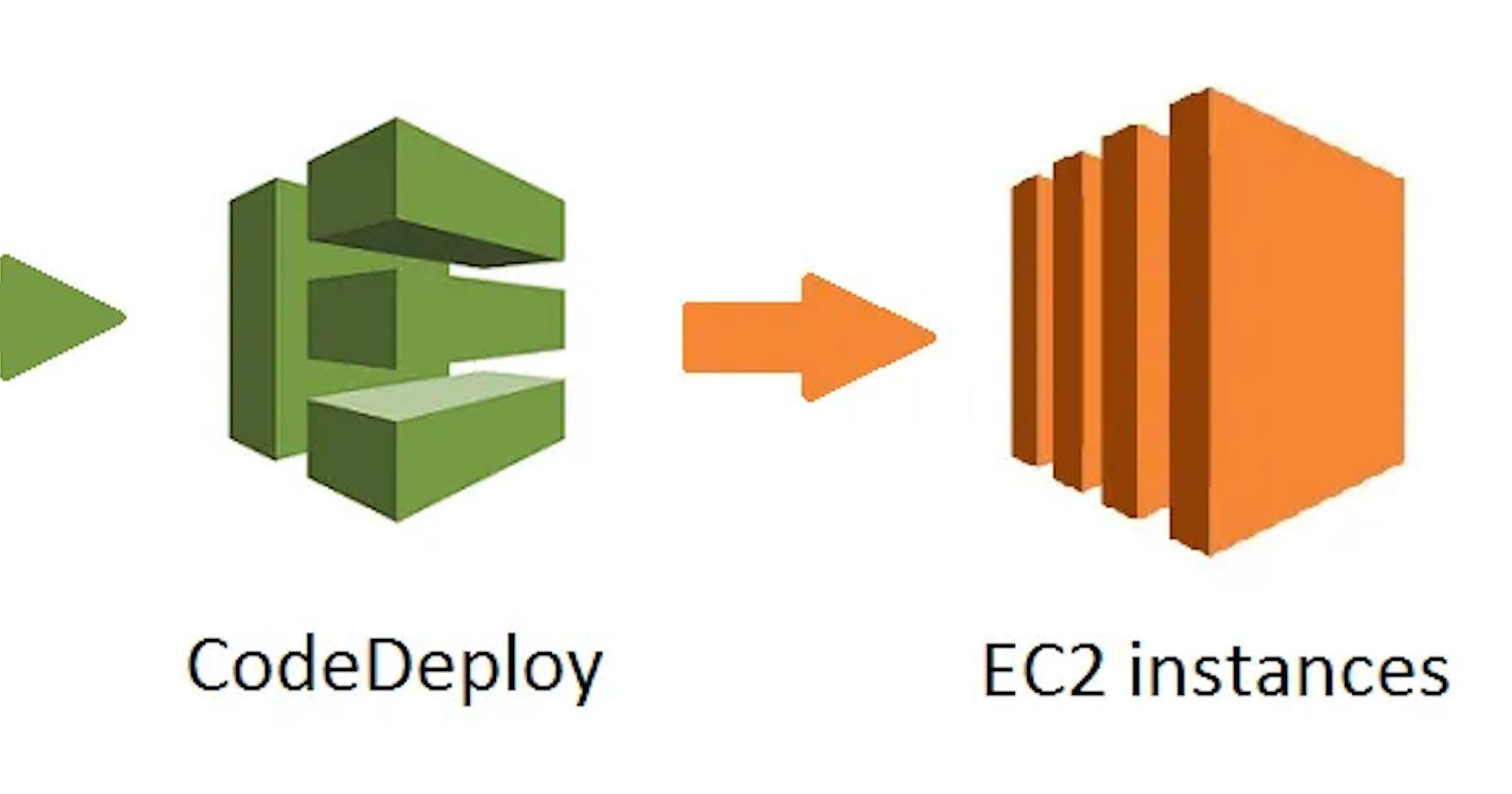AWS Code Deploy -(15) — Day 31
 ALI MASIU ZAMA
ALI MASIU ZAMA
Table of contents
Show more
AWS CodeDeploy is a service provided by Amazon Web Services (AWS) that automates the deployment of applications to instances, allowing for updates to be quickly and reliably pushed out to your infrastructure.
Here's a brief overview of how AWS CodeDeploy works:
1. Deployment Groups:
- Applications are organized into deployment groups within CodeDeploy. These groups can contain instances (virtual machines) or tags associated with instances in your AWS environment.
2. Deployment Configurations:
- CodeDeploy provides deployment configurations that specify how deployments should be executed, like the order of deployments, the number of instances to deploy to simultaneously, and the actions to take during deployment.
3. Application Revisions:
- The deployment process in CodeDeploy relies on application revisions, which are sets of files and configuration settings for your application. These revisions are typically stored in Amazon S3 buckets or GitHub repositories.
4. Deployment Process:
When you initiate a deployment, CodeDeploy retrieves the application revision from the specified source (S3, GitHub, etc.).
Then it deploys the revision to the instances within the deployment group according to the specified deployment configuration.
5. Deployment Status:
- Throughout the deployment process, CodeDeploy monitors the instances, tracks the deployment progress, and reports the status back to the user.
Benefits of AWS CodeDeploy:
Automated Deployments: Reduces the manual effort required for deploying applications.
Rollback Functionality: Provides the ability to roll back to a previous version in case of issues.
Integration with Other AWS Services: Works seamlessly with other AWS tools like AWS CodePipeline, allowing for a more comprehensive CI/CD pipeline.
Deployment Flexibility: Supports deploying applications to various environments, including EC2 instances, AWS Lambda functions, on-premises servers, etc.
Usage:
Console: AWS Management Console provides a graphical user interface to manage deployments.
CLI: AWS CLI allows users to perform CodeDeploy actions through command-line interfaces.
SDKs: AWS CodeDeploy provides SDKs for various programming languages to interact programmatically.
Example of code deployment:
Let's go through a simple example of deploying a web application using AWS CodeDeploy.
Pre-requisites:
AWS Account: You'll need an AWS account to access AWS services.
CodeDeploy IAM Role: Ensure you have the necessary IAM roles with appropriate permissions for CodeDeploy.
Sample Application: For this example, let's assume you have a simple web application stored in an Amazon S3 bucket as a
.zipfile.
Steps for Deployment:
1. Prepare Your Application
- Store your application code (e.g., a web app) in an S3 bucket, and create a
.zipfile containing the application code and necessary configuration files.
2. Create an Application in CodeDeploy Console
Go to the AWS Management Console > CodeDeploy.
Create a new application and deployment group.
Define the deployment configuration, specifying the S3 location of your application revision.
3. Set Up CodeDeploy Agent on Instances
Ensure your EC2 instances have the CodeDeploy agent installed and configured.
The agent is responsible for receiving deployment instructions from CodeDeploy and executing them on the instances.
4. Initiate Deployment
In the CodeDeploy console, select the deployment group and initiate the deployment.
CodeDeploy will pull the application revision from S3 and deploy it to the instances in the deployment group.
5. Monitor Deployment
Monitor the deployment progress in the CodeDeploy console.
You can check the status of the deployment and view logs to troubleshoot any issues.
Using AWS CLI:
Here's a simplified example of deploying an application using AWS CLI (assuming you have the necessary permissions and a prepared application revision in S3):
- Create Deployment:
Copy
Copy
aws deploy create-deployment --application-name MyApp --deployment-group-name MyDeploymentGroup --s3-location bucket=my-bucket,key=my-app.zip,bundleType=zip
- Monitor Deployment:
Copy
Copy
aws deploy get-deployment --deployment-id <DEPLOYMENT_ID>
Please note that this is a basic example, and actual deployments might involve more configurations, such as hooks for deployment validation, scripts for pre/post-deployment tasks, custom configurations, etc.
Subscribe to my newsletter
Read articles from ALI MASIU ZAMA directly inside your inbox. Subscribe to the newsletter, and don't miss out.
Written by

ALI MASIU ZAMA
ALI MASIU ZAMA
🚀 𝐀𝐛𝐨𝐮𝐭 𝐌𝐞 "Hi, I'm Ali masiu zama, a DevOps student passionate about cloud computing and automation. I'm currently learning AWS, Linux, Docker, and CI/CD pipelines, with a focus on automating workflows and building scalable solutions. My goal is to become a skilled DevOps engineer, and I'm excited to share my learning journey and projects with the community."